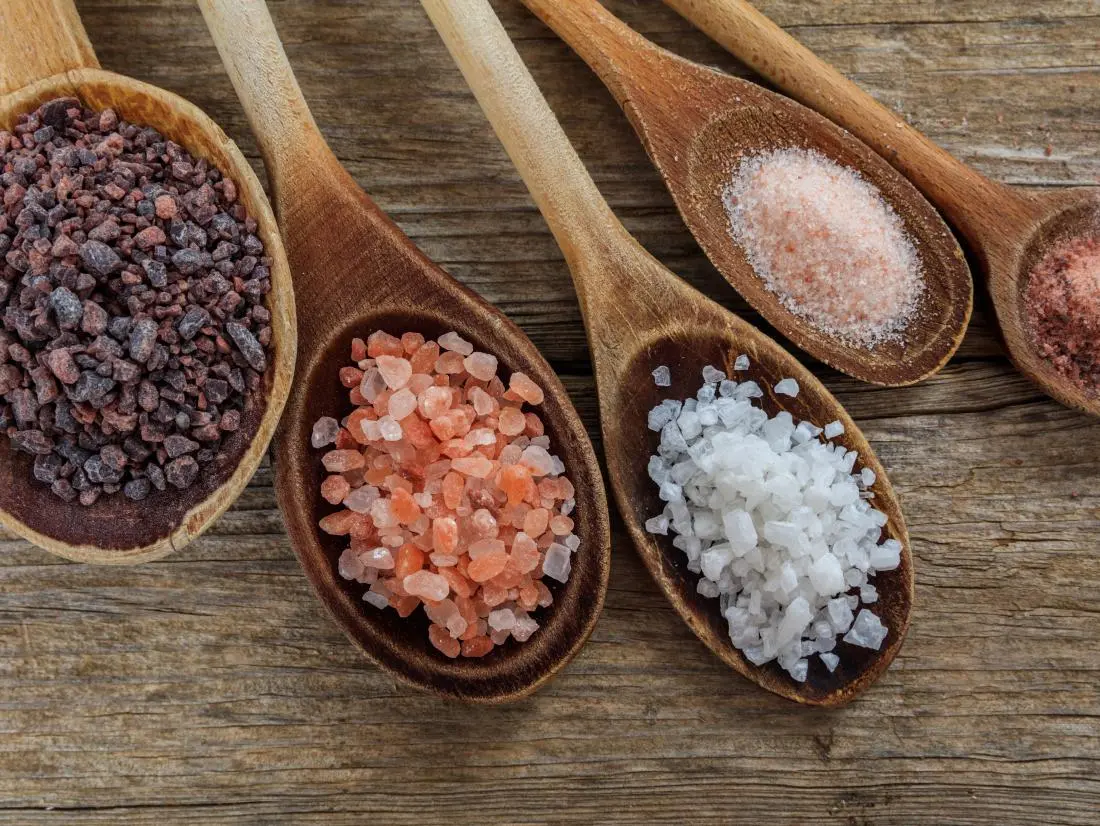Salt, or sodium chloride, is a ubiquitous ingredient in the modern diet. It adds flavor to food and is used in food preservation and processing. However, there has been ongoing debate and research regarding the relationship between salt intake and blood pressure levels. This article explores the question: Does salt raise blood pressure?
Understanding Blood Pressure
Before delving into the effects of salt on blood pressure, it’s essential to understand what blood pressure is and why it matters for overall health. Blood pressure refers to the force exerted by the blood against the walls of the arteries as it is pumped by the heart. It is measured in millimeters of mercury (mmHg) and consists of two numbers: systolic pressure (the top number) and diastolic pressure (the bottom number). Systolic pressure measures the pressure in the arteries when the heart beats, while diastolic pressure measures the pressure when the heart rests between beats.
The Role of Salt in the Body
Salt, composed of sodium and chloride ions, plays a crucial role in maintaining fluid balance, nerve function, and muscle contractions in the body. The body tightly regulates sodium levels through mechanisms such as kidney function, hormonal control, and thirst responses. However, excessive salt intake can disrupt this balance and potentially impact blood pressure.
Historical Perspectives on Salt and Blood Pressure
Early research and dietary guidelines often emphasized reducing salt intake as a means to lower blood pressure and reduce the risk of cardiovascular diseases. However, more recent studies have provided a nuanced understanding of the relationship between salt intake and blood pressure regulation.
Factors Influencing Salt Sensitivity
Not everyone responds to salt intake in the same way. Some individuals are more sensitive to the blood pressure-raising effects of salt, while others may be less affected. Several factors contribute to salt sensitivity:
1. Genetics: Genetic factors can influence how the body processes and responds to sodium intake. Variations in genes related to kidney function, hormone regulation, and salt sensitivity can impact individual responses to salt.
2. Age: Older adults may be more susceptible to the blood pressure-raising effects of salt. Changes in kidney function and overall cardiovascular health with age can influence salt sensitivity.
3. Race and Ethnicity: Certain racial and ethnic groups, such as African Americans, may have a higher prevalence of salt sensitivity and hypertension. Genetic factors and cultural dietary patterns contribute to these differences.
4. Existing Health Conditions: Individuals with pre-existing conditions such as hypertension, kidney disease, diabetes, and heart disease may be more sensitive to the effects of salt on blood pressure. It’s essential for these individuals to monitor their salt intake as part of their overall health management.
Research Findings on Salt and Blood Pressure
Numerous studies have explored the impact of salt intake on blood pressure levels. While some studies have shown a positive association between high salt intake and elevated blood pressure, others have reported mixed findings. Factors such as study design, participant characteristics, salt measurement methods, and duration of observation contribute to the variability in research outcomes.
High Salt Intake and Hypertension Risk
Excessive salt intake, especially when combined with other unhealthy dietary habits such as low fruit and vegetable consumption, can contribute to an increased risk of hypertension (high blood pressure). Hypertension is a significant risk factor for cardiovascular diseases such as heart attack, stroke, and heart failure.
Salt Reduction Strategies
Given the potential impact of salt on blood pressure and cardiovascular health, public health efforts and dietary recommendations often advocate for reducing salt intake. Strategies to reduce salt intake include:
1. Reading Food Labels: Paying attention to the sodium content of packaged and processed foods can help individuals make informed choices about their salt intake. Foods labeled as “low sodium” or “sodium-free” may be preferable options.
2. Cooking at Home: Cooking meals at home allows individuals to control the amount of salt added to dishes. Using herbs, spices, and other flavorings can enhance taste without relying heavily on salt.
3. Choosing Fresh Foods: Opting for fresh fruits, vegetables, lean proteins, and whole grains can contribute to a lower-salt diet. These foods are naturally lower in sodium compared to processed and convenience foods.
4. Gradual Reduction: Gradually reducing salt intake allows taste preferences to adjust over time. Gradual changes in dietary habits are more sustainable than drastic restrictions.
Individualized Approach to Salt Intake
It’s essential to recognize that salt sensitivity varies among individuals, and not everyone needs to drastically reduce salt intake. For some individuals, particularly those with certain health conditions, healthcare providers may recommend more specific salt-reduction strategies tailored to their needs.
Conclusion
The relationship between salt intake and blood pressure is complex and influenced by various factors such as genetics, age, race, and existing health conditions. While high salt intake has been associated with an increased risk of hypertension and cardiovascular diseases, individual responses to salt vary. Understanding one’s salt sensitivity and making informed dietary choices can contribute to overall cardiovascular health. Consultation with healthcare providers and adherence to personalized dietary recommendations are crucial in managing salt intake and maintaining optimal blood pressure levels.


